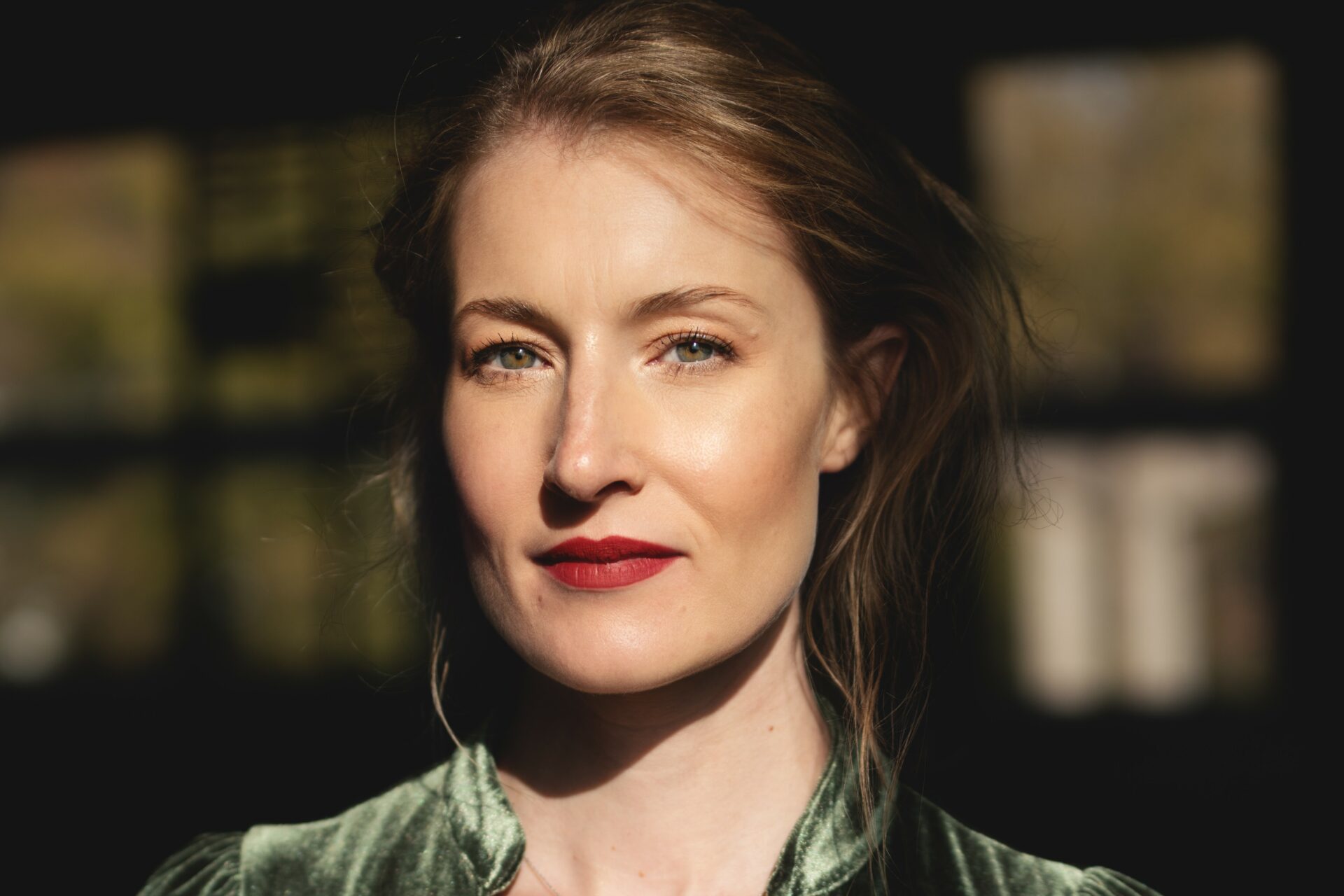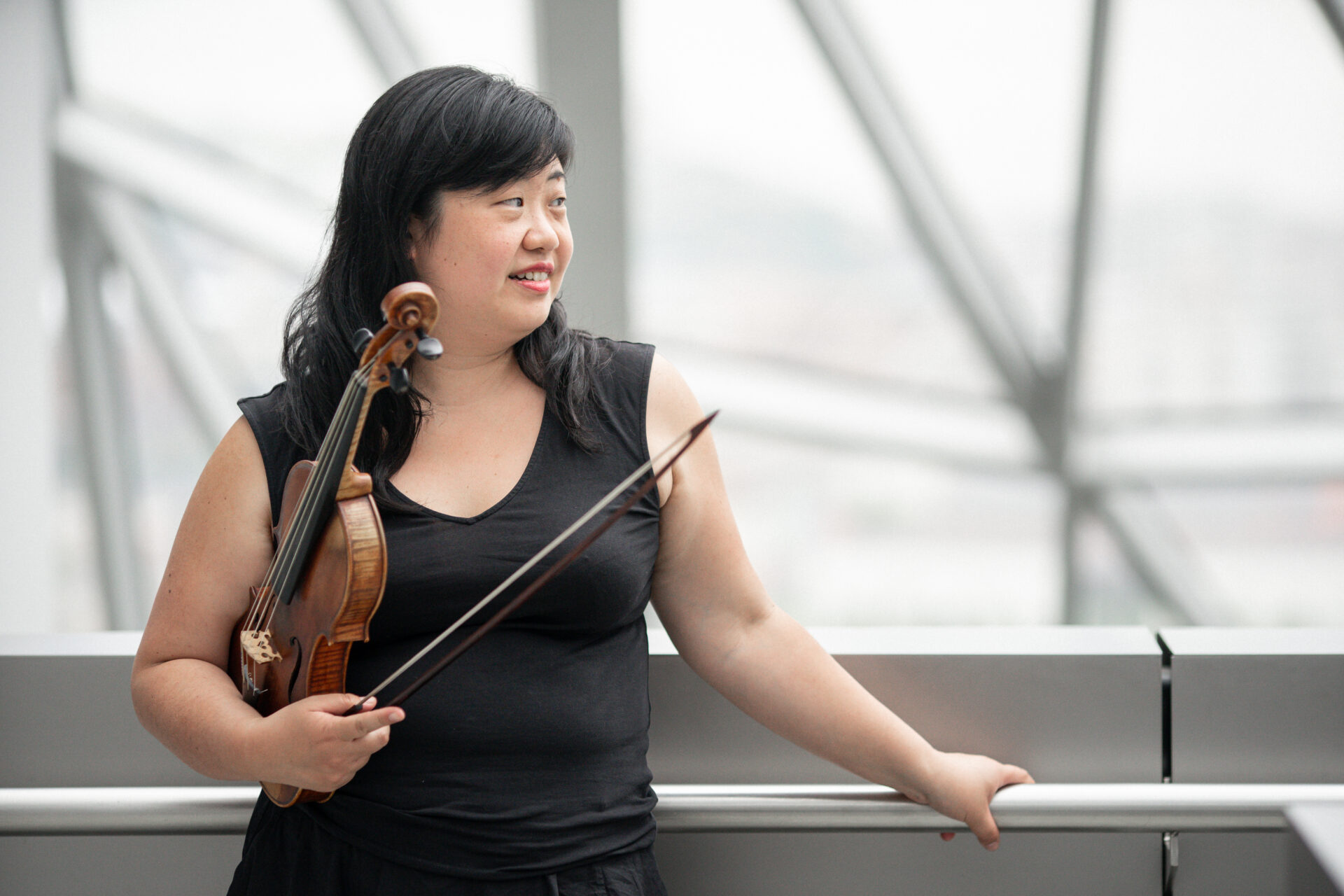The feminine baroque
The feminine baroque
1st part — Amore divino
- Barbara Strozzi
Oleum offusum — excerpt (mm. 1–115 + repeat) - Isabella Leonarda
Sonata Dodecima — Adagio - allegro e presto - Tarquinio Merula
Canzonetta Spirituale sopra alla nanna - Isabella Leonarda
Sonata Dodecima — Vivace e largo – Spiritoso – Aria Allegro – Veloce - Antonia Bembo
Lamento della Vergine
2nd part — Badinages and dramas "alla francese"
- Françoise-Charlotte de Saint-Nectaire
On dit qu’Amour vient surprendre & Aux lois d’Amour — airs de cour - Mademoiselle Duval
Tambourin — excerpt fromLes Génies Élémentaires - Julie Pinel
Recitative Déjà la riante verdure & Air Doux Rossignols excerpt from the cantata Le Printemps - Marc-Antoine Charpentier
Sans frayeur - Elisabeth-Claude Jacquet de la Guerre
Passepied — excerpt from the lyric tragedy Céphale et Procris
Recitative Mais quel bruit étonnant se répand & Air Quel triomphe, quelle victoire !
Recitative Je vois ce palais s’enflammer — excerpts from the cantata Semélé
Heather Newhouse, soprano
Sayaka Shinoda, violin
Aude Walker-Viry, cello
Nicolas Muzy, theorbo and guitar
Franck-Emmanuel Comte, harpsichord and musical direction
On stage:
1 soloist and 4 instrumentalists
In the early 17th century, Italy witnessed a true flowering of female composers. Although some, like Isabella Leonarda, made their careers in the shadow of a convent, Italy was also home to the first established professional composers, such as Barbara Strozzi, a symbolic figure of Venetian musical genius, and Antonia Bembo, who was less known but just as fascinating to discover. At the same time, in France, artistic education and musical training for young girls from good families were essential, even if only in exceptional cases did they manage to become professionals. The most famous of these was undoubtedly Élisabeth-Claude Jacquet de la Guerre, a protégée of King Louis XIV. The composer of one of the rare operas written by a woman and performed at the Paris Opéra, she left her mark on her century and was a source of inspiration for many of her colleagues, such as Françoise de Saint-Nectaire, Julie Pinel and Mademoiselle Duval. So many forgotten scores and charismatic personalities to discover...







